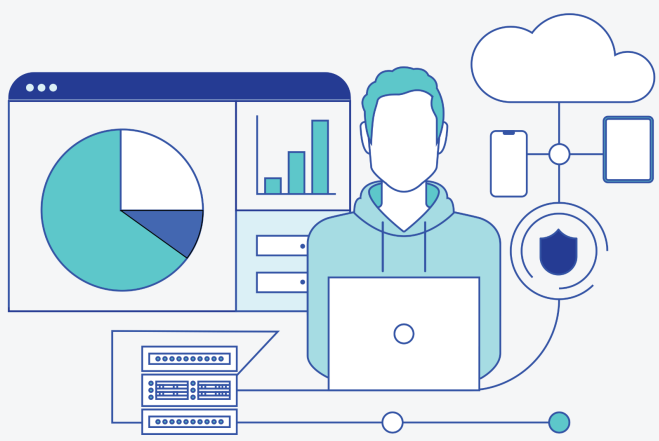Enterprise-Grade Software Solutions for Every Scale
Waanverse Labs delivers custom software solutions that drive business growth. From startups to enterprises, we transform complex challenges into elegant, scalable applications that deliver real value.

Why Choose Waanverse Labs?
Technical Excellence
Our development team brings expertise in latest technologies and best practices, ensuring robust, future-proof solutions.
Tailored Solutions
We create custom software that perfectly aligns with your business processes and growth objectives.
Ongoing Support
Post-launch maintenance, updates, and technical support ensure your software evolves with your needs.
Our Services
Enterprise Solutions
Custom enterprise software that streamlines operations and boosts productivity.
- •ERP Systems Integration
- •Workflow Automation
- •Business Intelligence Tools
- •Custom CRM Solutions
Web Applications
Scalable, responsive web applications that deliver exceptional user experiences.
- •E-commerce Platforms
- •SaaS Applications
- •Custom Web Portals
- •Progressive Web Apps
Mobile Solutions
Native and cross-platform mobile applications that engage users on any device.
- •iOS Development
- •Android Development
- •Cross-platform Apps
- •Mobile Commerce
Our Development Process
Discovery
Understanding your needs and defining project scope
Design
Creating intuitive interfaces and system architecture
Development
Building your solution with regular updates
Delivery
Testing, deployment, and ongoing support
Ready to Transform Your Business?
Let's discuss how our software solutions can drive your success.
Schedule a Consultation